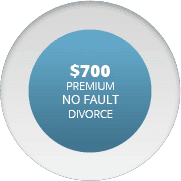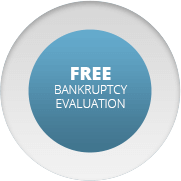What Is Chapter 7 Bankruptcy? Chapter 7 Explained
Chapter 7 bankruptcy is so named because all of its rules and regulations are set forth in the 7th Chapter of the United States Bankruptcy Code. It is a relatively quick process that normally takes about four to six months, costs just $335 in filing and administration fees, and can usually be accomplished with just a single courthouse appearance. It does require that you spend some time with an approved credit counseling agency so that you can learn more about the way that you got into trouble and how to prevent yourself from doing it again.
Chapter 7 bankruptcy is only available to those who have not received a bankruptcy charge in the previous several years. The court may also indicate that you need to file for Chapter 13 bankruptcy instead of Chapter 7 if a financial assessment shows that you have enough income and assets to structure a repayment plan instead of a bankruptcy discharge. This will be based on the information that you provide on your bankruptcy petition, which will include forms that itemize your assets, your income, your expenses and your liabilities. You will also be required to list items that the law allows you to keep in a Chapter 7 bankruptcy process, monies spent and property over the previous two years, as well as property sold or given away in that same period of time.
Once you’ve filed for Chapter 7 bankruptcy, it creates an automatic stay on your liabilities: this means that creditors are supposed to stop trying to collect their money from you, and cannot attempt to garnish your wages. Filing stops a lot of the fear of utility bills being shut off and property being repossessed. It does not mean that you no longer need to worry about child support, tax debts or student loans: you are still responsible for making those payments.
A Chapter 7 bankruptcy essentially transfers the property that you own at the time of filing into the hands of the court, which acts through an assigned bankruptcy trustee. The trustee will attempt to pay as many of your creditors as much as possible through the sale or liquidation of your nonexempt property. They will hold a creditors meeting that establishes that the information you provided in your petition is true or if you have other nonexempt property that can be used towards your debt. You may be able to keep property on which you have a secured debt (such as your house) if you have been current on payments: if you have not, then it may be repossessed or foreclosed upon. The same is true if a creditor has recorded a lien against you because of your unpaid debt, though these liens are sometimes waived in a Chapter 7 bankruptcy.
After the process is complete, you will be clear of all debts except child support, taxes and student loans, or those the court has indicated cannot be discharged. The bankruptcy will stay on your credit report for up to ten years and will have an impact on your ability to get credit cards and make purchases.









